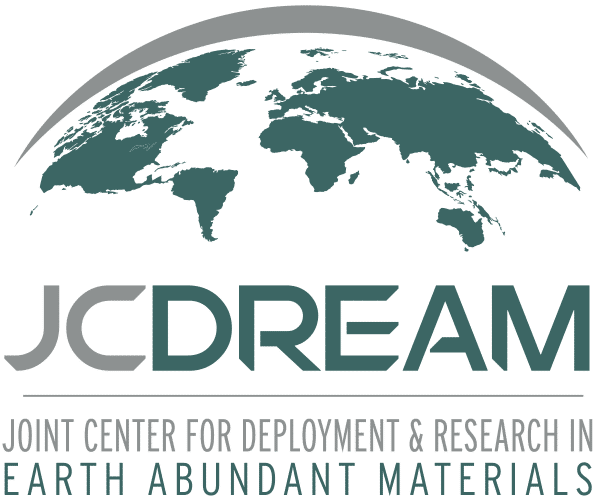Rare Earth Elements: Supply Issues
Over the past several years the only domestic source of REE, the mine at Mountain Pass, California, has operated below capacity and only intermittently. Following environmental and regulatory problems with the main wastewater pipeline, the REE separation (solvent extraction) plant was shut down. Mountain Pass currently produces only bastnäsite concentrates and sells separated REE only from stockpiles produced before the shutdown. Even after the regulatory situation has been resolved, however, the long-term viability of Mountain Pass as a supplier of separated REE for high-technology applications is threatened by market factors.
In 1999 and 2000, nearly all (more than 90%) of the separated REE used in the United States was imported either directly from China or from countries that imported their plant feed materials from China. The surprisingly rapid progression from self-sufficiency prior to about 1990 to nearly complete dependence on imports from a single country today involves a number of causative factors. These include much lower labor and regulatory costs in China than in the United States; continued expansion of electronics and other manufacturing in Asia; the favorable number, size, and HREE content of Chinese deposits; and the ongoing environmental and regulatory problems at Mountain Pass.

Figure 5. In 1999 and 2000, nearly all (more than 90%) of the separated REE used in the United States was imported either directly from China or from countries that imported their plant feed materials from China. The surprisingly rapid progression from self-sufficiency prior to about 1990 to nearly complete dependence on imports from a single country today involves a number of causative factors. These include much lower labor and regulatory costs in China than in the United States; continued expansion of electronics and other manufacturing in Asia; the favorable number, size, and HREE content of Chinese deposits; and the ongoing environmental and regulatory problems at Mountain Pass.
China now dominates world REE markets (fig. 1), raising several important issues of REE supply for the United States:
(1) The United States is in danger of losing its longstanding leadership in many areas of REE technology. Transfer of expertise in REE processing technology and REE applications from the United States and Europe to Asia has allowed China to develop a major REE industry, eclipsing all other countries in production of both ore and refined products. The Chinese Ministry of Science and Technology recently announced a new national basic research program. Among the first group of 15 high-priority projects to be funded was “Basic research in rare earth materials” (Science, Dec. 18, 1998, p. 2171).
(2) United States dependence on imports from China comes at a time when REE have become increasingly important in defense applications, including jet fighter engines and other aircraft components, missile guidance systems, electronic countermeasures, underwater mine detection, antimissile defense, range finding, and space-based satellite power and communication systems.
(3) Availability of Chinese REE to U.S. markets depends on continued stability in China’s internal politics and economy, and its relations to other countries.
(4) Although the present low REE prices caused by abundant supply from China are stressing producers, particularly Mountain Pass, low prices will also stimulate development of new applications. For example, a recent chemistry text notes that “… for many years the main use of lutetium was the study of the behavior of lutetium …” Several promising applications for Lu are known, but most are precluded by high cost. If the price of Lu were to decrease from many thousand to a few thousand dollars per kilogram (fig. 3), additional high-technology applications of even this least abundant of the REE undoubtedly would follow. How large a role the United States will play in future expansion of REE technology and markets remains an important, but open, question.

